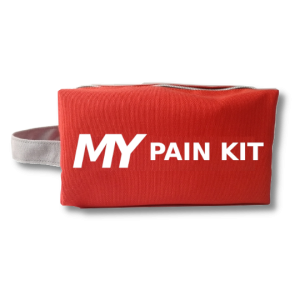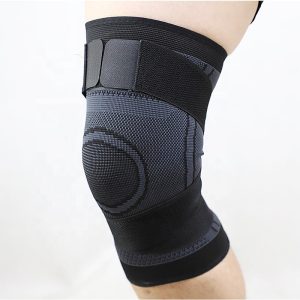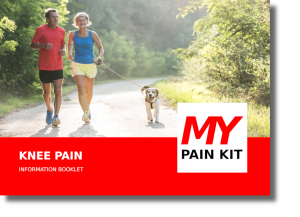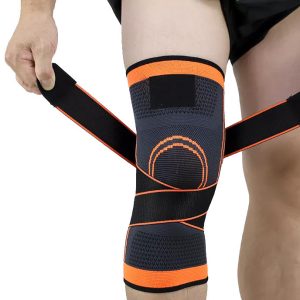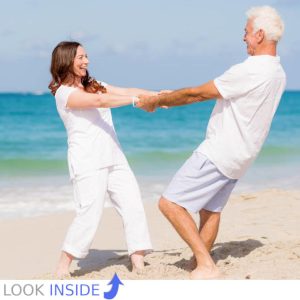If you have been suffering with Knee Arthritis and Pain for a long time, it can seem hopeless. Let’s explore what’s happening and work out how to get rid of it.
In This Article:
What Are Signs Of Knee Arthritis?
Arthritis is inflammation of one or more of your joints, and it is different from Osteoarthritis. Pain, swelling, and stiffness are the primary symptoms of arthritis. Your knee is most likely to be affected, but any joint in the body can be affected! The main causes behind knee arthritis are lifestyle, age, weight-bearing, injuries and genetics.
What Factors cause Knee Arthritis?
- Genetics
- Age
- Obesity
- Injury through Sport, Recreation or Occupation
- Lifestyle
- Lack of Physical Activity, muscle weakness
- Psychological factors including pain related fear of further damage
Arthritis is a word that many are afraid of. Arthritis is seen as a process of aging that can be accelerated or increased by the above factors. But the good news is that you can control it by your actions and will to stay fit and healthy.
As a healthcare practitioner, fear is probably the most common misconception I hear patients expressing about knee arthritis. We probably as healthcare providers have a lot to do with that in the terms we use in describing Knee arthritis. Wear and Tear, degenerative, worn out joint, bones rubbing on bone, to name a few. This must change. We need to move away from the myths of knee arthritis.
What Treating Arthritis Is Really About
We need to reinforce to our patients:
- Knee pain does not equal damage. MRI and X-ray findings do not correlate to your pain and disabilityKnee Pain Explained
- Resting and inactivity doesn’t make your knee pain better
- Specific exercise programmes help decrease knee pain and stiffness and help restore knee function
This is what we must advocate to our patients, by making them central in their care. We need an exercise-first approach. Some people will undoubtedly need Knee replacements but focused exercise programs should be the first port of call.
- Patient-centred self-care
- Exercise programs of movement
- Stretching and Strengthening
- Heating and icing
- Using massage balls
- Resistance Bands
- Increased cardio exercises
All must be used!
Common Myths and Misconceptions about Arthritis
- Rest is good. It decreases pain in the joint
- Exercise is dangerous and will make your knee worse
- Degree of arthritis on a MRI scan or X-ray predicts your pain and prognosis
- Only surgery will fix your knee
- Pain equals damage
- Drugs can help arthritis long-term
These are common myths we need to move away from and bring our patients front and centre of their own care and rehabilitation.
Arthritis and Mental health
Don’t overlook Psychological factors when dealing with arthritic conditions. Depression and other mental health issues can limit patient care and outcomes.
When you are depressed, or even anxious – you will have little motivation to address your arthritis. The simple steps you need to take will seem like an arduous task, so you risk putting things off – hence delaying your recovery. Or worse – the arthritis can progress if you are doing your best to ignore it.
Mental-health and disability are strongly linked; we have seen this consistently over the last twenty years. Illnesses that are particularly prone are both Osteoarthritis, and Fibromyalgia (to name a couple).
The first place you need to work on your arthritis symptoms is in your head – get this going in a good direction, and you will have a much better journey to recovery!
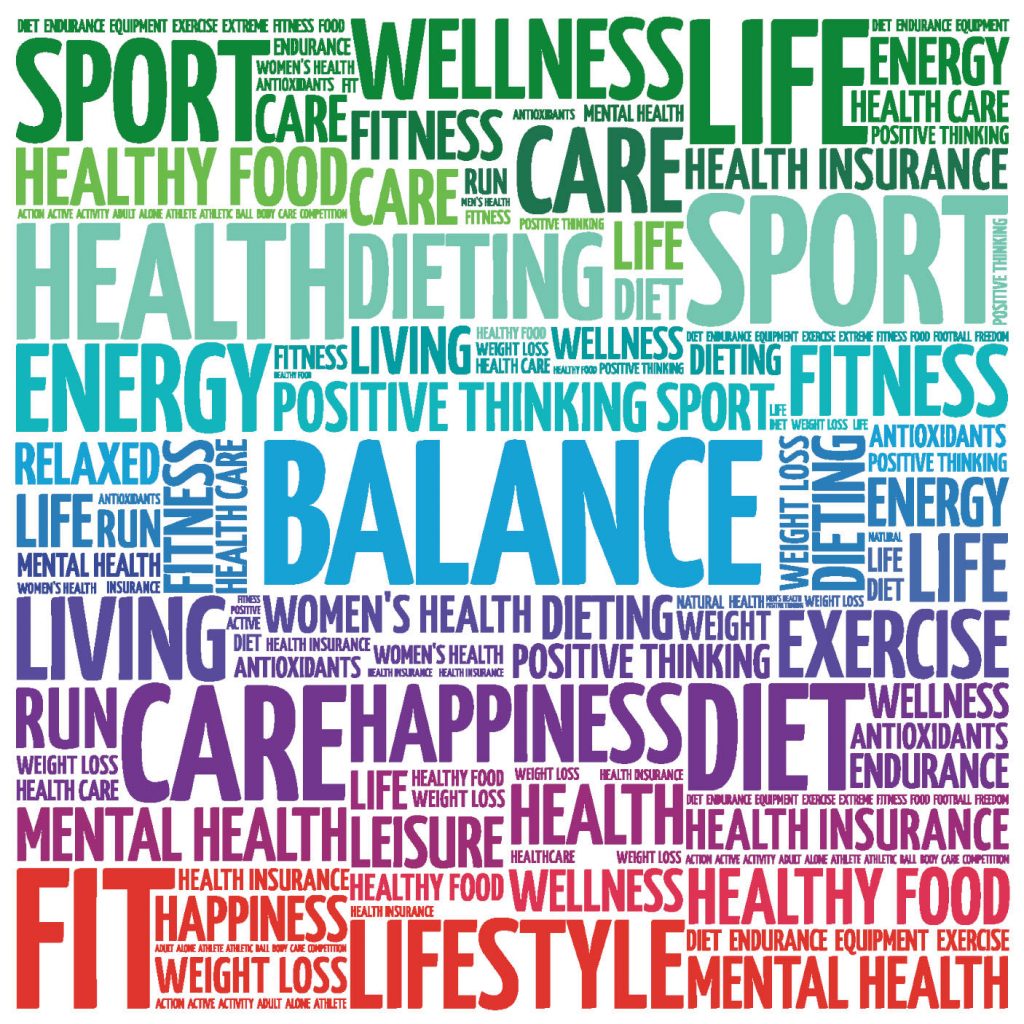
Your Mood Is Important
When your knee arthritis causes pain and inflammation, over time this can cause low mood and even depression. It may affect your sleep patterns and ability to get good rest. This in turn will limit your ability to carry out your exercise program or even any form of exercise which leads to poor outcomes which can further spin into greater anxiety and depression. Don’t overlook this!
Finally, just to show you – in the information booklet for ALL our pain kits, we include this word cloud to encourage you to take some time out every day, and think about the BALANCE in your life – seriously, spending 5 minutes concentrating on these positive things can have an enormous benefit!
Frequently Asked Questions:
Firstly, you will notice the swelling and inflammation. Your knee may be red and inflamed from the outside. If you press on certain areas of your knee, you will feel pain, and moving around can also give you pain. If you exercise while your knee is swollen, it may feel worse, so you should get some rest and a proper scan to see what’s happening.
At the onset of symptoms, when your knee is at its most painful, it’s better to get some rest to allow the swelling go down. You may consider using a Cold Pack on your knee at this stage. Then, once it’s got a little better, you sould definitely exercise the joint – and walking is an excellent form of exercise. It will increase blood flow to the joint, and help the body to heal. Consider also some massage, stretch and strength exercises.
If your knee pain has lasted for a couple of weeks, and isn’t improving, you should get a scan and a diagnosis just to be sure what’s happening. If this is knee osteoarthritis, it needs some specific therapy. It can also benefit from a structured program of:
- Bracing / Support
- Heat Therapy
- Massage
- Movement
- Stretch Exercises
- Strength Exercises
- Cold Therapy
Very often they are linked, because a problem with one can affect the other. Say, if your knee is injured, you may change your walk/run gait, which can then affect your hip. Similarly if your hip is painful, you might change your leg movement, which could impact your knee. Just get some rest, and a proper diagnosis, then you can begin some targeted movement, stretch exercises and strength exercises to fix the problem.


